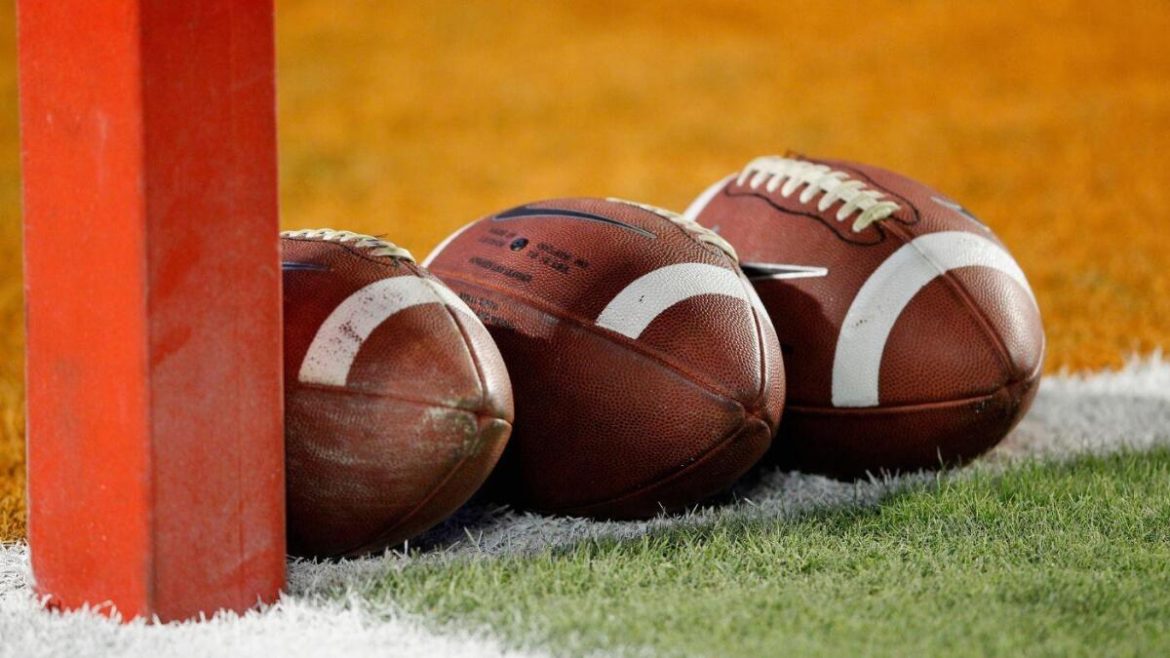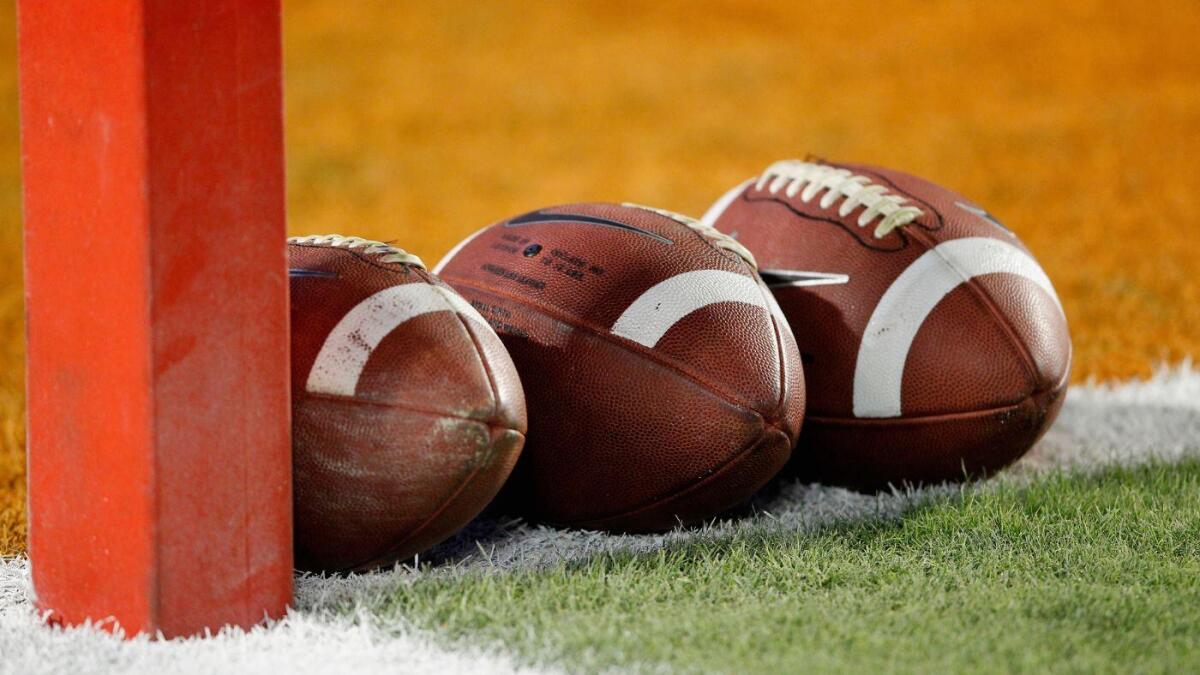The evolving landscape of college athletics enforcement presents a fascinating and complex transition, characterized by historic settlements, restructuring of governance, and the growing professionalization of what was once a strictly amateur domain. This analysis explores the intricate developments shaping the future enforcement environment, legal implications, and administrative challenges faced by collegiate sports institutions, as revealed in recent announcements, settlements, and policy shifts.
Unfolding Governance: From NCAA Control to Power Conference Dominance
A monumental shift is underway, as power conferences increasingly seize control over governance and enforcement, stepping away from traditional NCAA oversight. The creation of a new enforcement entity—yet to reveal all its operational details—signals a critical realignment. This move follows the committee announcement alongside the engagement of specialized vendors such as LBi Software and Deloitte for cap-management and clearinghouse roles. These structural innovations create a clearer post-House enforcement framework, aiming to professionalize regulatory functions and provide a centralized, standardized approach across the major conferences.
The new College Sports Commission CEO is positioned with unprecedented authority to impose penalties and adjudicate rule violations, reflecting a departure from fragmented enforcement toward a consolidated model. However, this consolidation also raises questions about checks and balances, penalty structures, and the potential for conflicts or inconsistent application across conferences.
The $2.8 Billion Antitrust Settlement: A Watershed in Athlete Rights and Compensation
The recent approval of a $2.8 billion federal class-action antitrust settlement marks a pivotal legal turning point in college athletics. Filed by athletes against the NCAA and the five largest conferences—the ACC, Big Ten, Big 12, Pac-12, and SEC—this settlement fundamentally challenges the traditional amateurism principle historically imposed by the NCAA.
The settlement facilitates direct financial compensation to athletes, reshaping the economic foundation of college sports. It thus demands new enforcement mechanisms to monitor compliance, ensure equitable distribution of payments, and maintain competitive balance among schools. Importantly, this settlement approval opens the door to negotiations around athlete rights concerning name, image, and likeness (NIL), which until recently remained constrained by NCAA amateurism bylaws.
Enforcement Challenges: Penalty Structures and Conference Autonomy
Despite this progress, frustration simmers over the apparent absence of a defined penalty structure and the risks conferences face with enforcement adherence. Reports point to tensions around the possibility of schools being expelled from prominent conferences like the SEC for flouting NIL commitments or state law priorities. The notion of binding contracts among power conferences to enforce new rules suggests efforts to avoid fragmentation but also highlights the delicacy of maintaining conference autonomy while imposing uniform regulations.
Additionally, a committee of athletic directors from the “Group of 10” conferences undertakes the significant responsibility of enforcing new rules stemming from the settlement. Their work involves identifying ongoing issues within athletic programs, harmonizing compliance, and mediating between institutional governance and athlete protections.
Legal and Ethical Dimensions: Due Process and Player Rights
Interlaced with governance reform is the broader legal context that shapes enforcement strategies. Questions around due process for athletes facing disciplinary actions underscore the importance of procedural fairness amid evolving enforcement rigor. Documents like FIRE’s guide to due process and campus justice emphasize students’ rights, particularly in public universities, highlighting the need for transparent and equitable adjudication frameworks.
Further complicating enforcement are legal precedents impacting school practices, such as decisions permitting public prayers at football games, which signify a broader intersection of athletics with constitutional issues. Moreover, litigation over agent representation and draft eligibility across sports traces disparities in regulatory application, urging a more coherent approach tailored to the realities of modern collegiate athletics.
Economic Realities: Amateurism and Revenue Distribution
Economic analyses unpack the complicated relationship between the mythos of amateurism and the vast revenues generated by college athletics. The characterization of these revenues as economic rents distributed across athletic departments reveals a rent-sharing model that contrasts sharply with institutional commitments to amateurism. This juxtaposition amplifies calls for more transparent financial practices and equitable sharing of revenue gains with athletes themselves.
Moreover, monumental investments in facilities, coaching contracts, and salaries illustrate the high stakes embedded within collegiate sports’ economic ecosystem. Boards of trustees, athletic committees, and university administrators find themselves balancing financial imperatives against legal obligations and athlete welfare considerations.
The Road Ahead: Envisioning a Balanced Enforcement Future
The landscape ahead is both challenging and promising. The transition toward power conference governance and the establishment of a distinct enforcement commission promise greater uniformity and professionalism in rule enforcement. Yet, this evolution exposes fault lines around fairness, autonomy, and the balance between protecting athlete rights and maintaining competitive integrity.
Continued vigilance is necessary to ensure that penalty frameworks are clear, consistent, and fairly applied, avoiding punitive extremes or laxity. Furthermore, the implications of the House settlement demand ongoing managerial innovation to handle athlete compensation, NIL rights, and compliance, while adapting to rapid legal and cultural shifts.
Institutions must also embrace transparency in enforcement and due process, upholding students’ rights with rigor equal to their regulatory ambitions. The conflict between historic amateurism ideals and modern professional realities calls for an honest reckoning, ensuring that economic benefits flow justly to those who create value on the field.
Conclusion: A Defining Moment for College Sports Enforcement
The intersection of historic legal settlements, emergent governance bodies, and evolving athlete rights marks a defining moment for college sports enforcement. This period of transformation challenges legacy norms and necessitates agile, principled leadership to navigate uncharted enforcement terrains. Success lies in balancing rigor with fairness, autonomy with accountability, and economic realities with ethical imperatives—crafting a collegiate athletics environment that honors its heritage while embracing its future.





